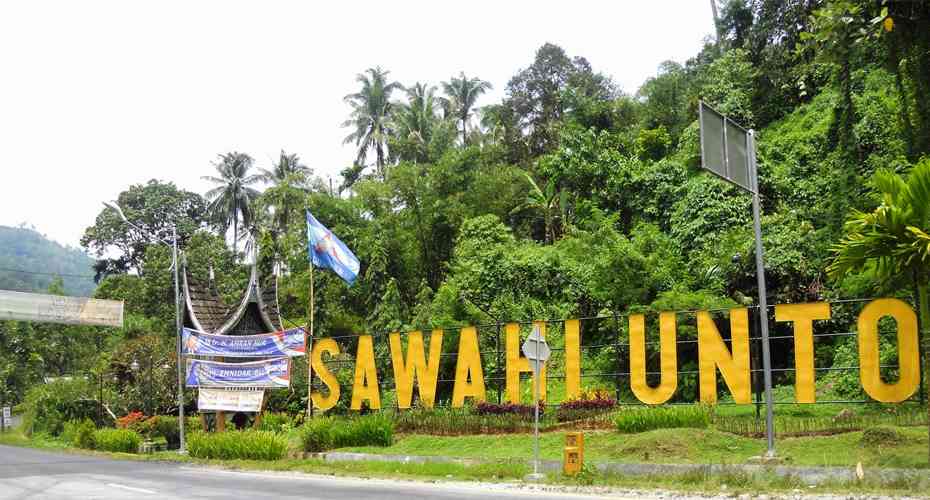The Charm of Sawahlunto City Tourism
Sawahlunto, nestled in the highlands of West Sumatra, Indonesia, is a city rich in history and natural beauty. Known for its charming blend of cultural heritage and picturesque landscapes, this former coal mining town has transformed into a captivating tourist destination.
One of the most unique attractions of Sawahlunto is its well-preserved colonial architecture. The city is home to many historical buildings, including the Old Ombilin Coal Mining Site, which has been designated as a UNESCO World Heritage Site. This mining complex showcases the legacy of the Dutch colonial era and offers visitors a glimpse into the industrial past of the region.
Nature Tourism in Sawah Lunto
In addition to its historical sites, Sawahlunto also offers stunning natural attractions. Rolling hills, lush rice fields, and cool mountain air make it a peaceful getaway. Places like Lake Kandih, Water Boom Sawahlunto, and Lubang Mbah Suro (an underground mining tunnel) attract both local and international tourists seeking adventure and tranquility.
Cultural experiences also enrich the charm of Sawahlunto. Traditional Minangkabau customs, local culinary delights, and vibrant festivals provide a warm welcome to visitors. Events such as Sawahlunto International Music Festival and various cultural parades highlight the city’s commitment to preserving and sharing its heritage.
Overall, Sawahlunto is a hidden gem offering a unique mix of history, culture, and nature—making it a must-visit destination for those looking to explore the diverse beauty of Indonesia beyond the usual tourist trails.
Sawah Lunto Coal producer
Dutch geologist Willem Hendrik de Greve discovered significant coal mining potential on the edge of the Ombilin River in 1867.
The first mining activity was later conducted at Sungai Durian village before the Dutch government built a coal mining company in 1888.
Construction continued until 1891, according to the Culture and Education Ministry, and the company began operating in 1892 with an initial production of 47,833 tons. In fact, in 1930, coal production in Sawahlunto managed to fulfill 90 percent of the Dutch East Indies’ energy needs.
However, the coal mine’s glory started to decline when the Japanese arrived and took over Sawahlunto. But since Indonesia’s independence, it has been managed by the government.




